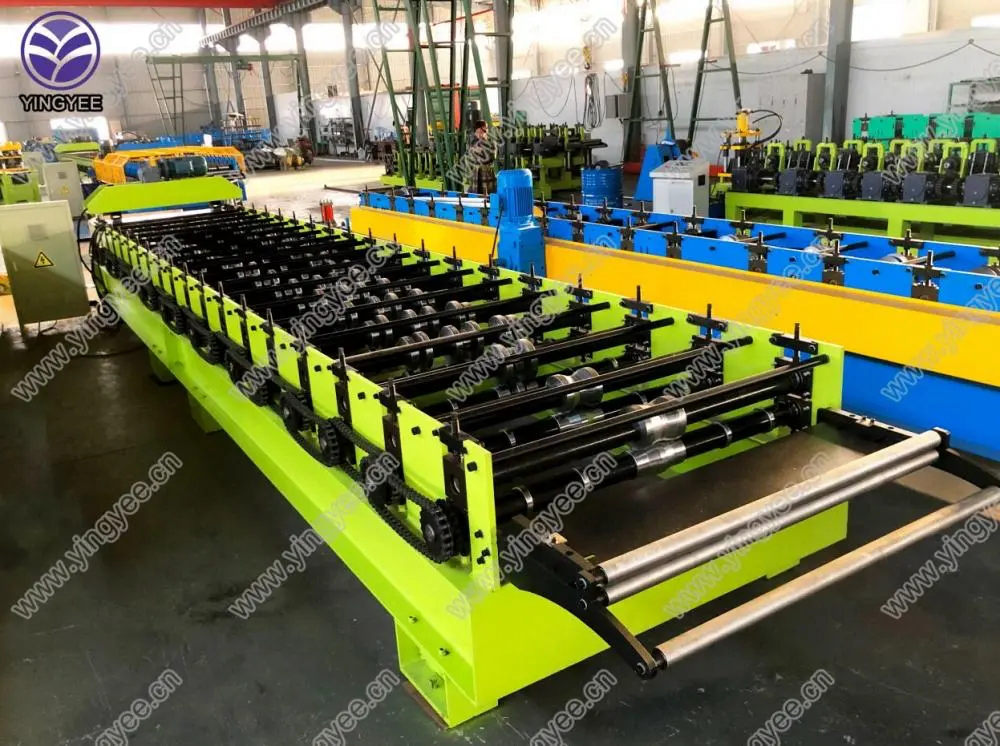
Metal Plate Straightening and Leveling Machines Enhancing Precision in Manufacturing
In the modern manufacturing landscape, precision and quality are key determinants of success. One of the critical processes that contribute to exceptional product quality is the straightening and leveling of metal plates. Metal plate straightening and leveling machines have emerged as essential tools in various industries, including automotive, aerospace, and construction, primarily focused on preparing metal materials for further processing.
Metal plates are often subject to warping and distortion due to various factors during production, such as cutting, welding, or thermal expansion. These imperfections can lead to significant issues in subsequent manufacturing stages, potentially resulting in the rejection of components or a decrease in overall product integrity. This is where straightening and leveling machines come into play, ensuring that metal plates meet stringent tolerances and maintain their structural integrity.
The operation of these machines typically involves feeding the warped plate through a series of rollers and pressing systems designed to apply uniform pressure. As the metal passes through, high-precision adjustments can be made to realign the material, correcting any bends or dips. Equipments range from simple manual systems to advanced automated configurations equipped with digital monitoring and control features. This progression in technology has significantly enhanced the efficiency and effectiveness of the straightening process.

Moreover, the benefits of using metal plate straightening and leveling machines extend beyond just visual appeal. Enhanced flatness and straightness lead to improved fit and finish of assembled components, reducing the risk of structural weaknesses. Additionally, a well-leveled metal plate can streamline subsequent manufacturing processes, including machining, painting, and welding, thus optimizing production workflows and reducing waste.
In terms of selection, manufacturers should consider factors such as the type and thickness of the metal, production volume, and the specific tolerances required for the final product. Investing in a machine that aligns with these operational needs can provide a competitive edge by enhancing productivity and the quality of the end product.
In conclusion, metal plate straightening and leveling machines are invaluable assets in the manufacturing sector, contributing to precision and quality improvements. As industries continue to evolve, the importance of these machines is likely to grow, driving innovations in straightening technology and manufacturing efficiency. Embracing these advancements will position manufacturers to meet the demands of an increasingly competitive market.